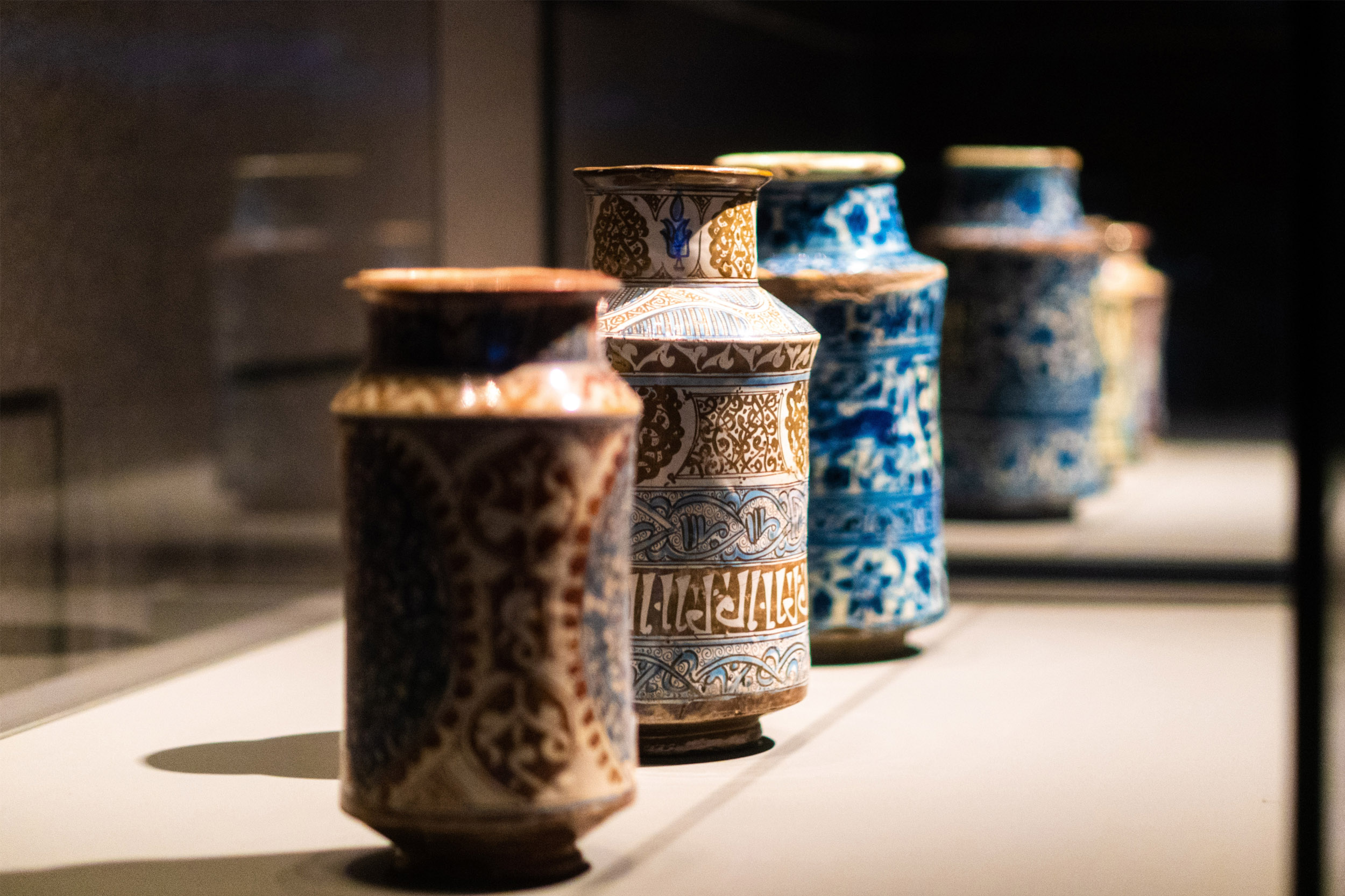Overview
Share ThisSupporting Museums – Serving Communities: An Evaluation of the Museums for America Program
Released September 22, 2011
Museums for America (MFA) is the largest IMLS grant program for museums. In 2009 and 2010, RMC Research Corporation carried out an independent evaluation of the program and found that it has had an immediate and sustained impact on museum users.
Through analysis of administrative data and a survey, the study covered the first year (2004) of the MFA grant program through 2010. During that period, IMLS received 3,404 MFA applications from 1,817 eligible museums, awarding 1,191 grants to 830 museums, a total of $123 million in funding.
Evaluation Publications
- Executive Summary (PDF, 600 KB)
- Evaluation Report (PDF, 6.5 MB)
- Case Study Appendix (PDF, 540 KB)
Case Study Videos
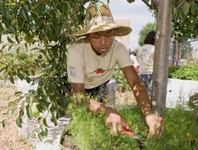
Chicago Botanic Garden, Glencoe, IL
"North Lawndale Career Training Program"
Chicago Botanic Garden describes how it used an MFA grant to establish the North Lawndale Green Youth Farm, a program serving high school youth in one of the city’s poorest neighborhoods. The project allowed the Chicago Botanic Garden to extend their community garden work into a deeper commitment to communities, more extensive opportunities for youth education and explicit connections between gardening and food systems.
Watch Video | Read Transcript (PDF, 25 KB) | Watch on YouTube
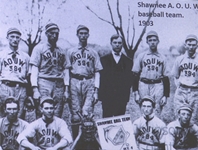
Johnson County Museum, Shawnee, KS
"Johnson County's Photographic History on the Web"
The Johnson County Museum, a half-century old history museum in suburban Kansas describes how an MFA grant helped to expand their presence from a small building to the online environment. Working with the Johnson County Library, they created a web-accessible archive containing more than 22,000 photographs from the mid-1850s to the present, as well as historic atlases, and aerial and architectural photographs.
Watch Video | Read Transcript (PDF, 19 KB) | Watch on YouTube
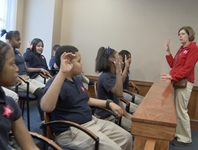
The Magic House, St. Louis Children’s Museum, St. Louis, MO
"Star-Spangled Center Interpretive Exhibits, Educational Programming and Assessment"The Magic House describes how it used an MFA grant to create the Star-Spangled Center learning environment for citizenship education. MFA funding enabled The Magic House to create the exhibit areas, produce interpretive exhibits on American history and government, and to pilot and implement educational programs and develop assessment tools to evaluate their effectiveness.
Watch Video | Read Transcript (PDF, 23 KB) | Watch on YouTube
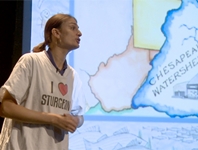
National Aquarium, Baltimore MD
"Watershed Moments"
The National Aquarium in Baltimore describes its MFA grant to develop programs aimed at conveying practices to improve public stewardship of the Chesapeake Bay. The project crystallized a series of actionable messages that continue to frame and enhance exhibits and visitor experiences throughout the aquarium. The aquarium has made a strategic commitment to developing and understanding transformative experiences focused on bringing about behavioral change.
Watch Video | Read Transcript (PDF, 27 KB) | Watch on YouTube
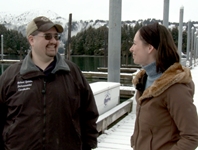
Pratt Museum, Homer AK
"Kachemak Bay: An Exploration of People and Place Education Project"
The Pratt Museum describes its MFA grant for The Kachemak Bay: An Exploration of People and Place, which aligned educational programming to a new focus and deepened relationships with the local community. The project also initiated new activities and conversations with Native youth and elders focused on engaging youth members. The museum had several partners, including the National Park Service, the U.S. Fish and Wildlife Service, and local science and arts organizations.
Watch Video | Read Transcript (PDF, 24 KB) | Watch on YouTube
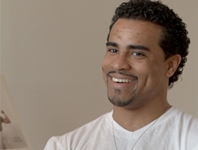
Queens Museum of Art, Queens, NY
"Corona Plaza: Center of Everywhere"
The Queens Museum of Art describes how its MFA grant extended engagement with community members in Corona Plaza, where the museum is located. The museum used the MFA funds to inject contemporary, socially oriented art in its larger community outreach. Beyond connecting New Yorkers, program participants, museumgoers and Corona residents, the project also helped the Museum connect local residents with health and wellness services.
Watch Video | Read Transcript (PDF, 24 KB) | Watch on YouTube
Video Producer/Director: Alice Apley, Elizabeth Goldman; Editor: Jean Dunoyer; Director of Photography: Austin de BecheCase Study Videos

